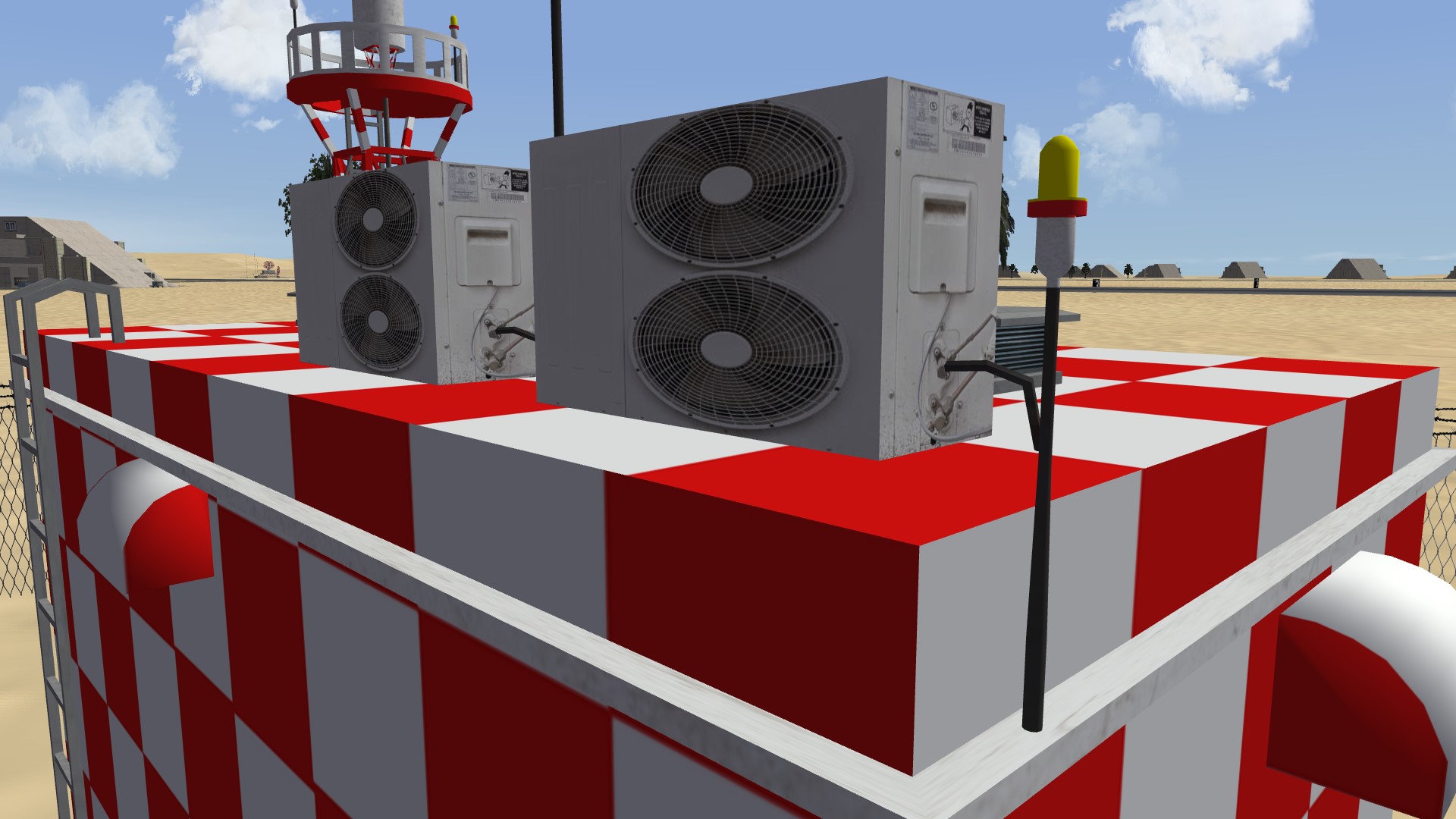

Tactical Air Navigation - VORTAC TGO (TANGO) zwischen Aichtal und Neckartailfingen (Deutschland) … Deutsch Wikipedia Tactical Air Navigation - Tactical Air Navigation, = TACAN. * - Complete with antenna internal photos and specs * Battle of Lima Site 85 ( SAC TACAN and personnel captured March 1968) Like all other forms of aircraft radio navigation currently used, it is likely that TACAN will be replaced by some form of space based navigational system such as GPS. Modern systems have antennas that use electronic rotation (instead of mechanical rotation) and have no moving parts. Since this antenna is fairly large and must rotate 24 hours a day, it can cause reliability issues. Some systems used in the United States modulate the transmitted signal by using a 900 RPM rotating antenna. The Joint Precision Approach and Landing System has a low probability of intercept to prevent enemy detection and an aircraft carrier version can be used for autoland operations. It is likely that TACAN will be replaced with a differential GPS system similar to the Local Area Augmentation System called JPALS. Some TACANs have the ability to employ a "Demand Only" mode wherein they will only transmit when interrogated by an aircraft on-channel. There is no encryption involved, an enemy can simply use the range and bearing provided to attack a ship equipped with a TACAN. Naval TACAN operations are designed so an aircraft can find the ship and land. A TACAN system theoretically might be placed on a building, a large truck, an airplane, or a ship, and be operational in a short period of time.TACAN, for example, are used on air refueling tankers.įor military usage a primary drawback is lack of the ability to control emissions ( EMCON) and stealth. Less space is required than a VOR because a VOR requires a large counterpoise and a fairly complex phased antenna system. cite web | author=Department of Transportation and Department of Defense | date=Ma| url= | title=2001 Federal Radionavigation Systems | format=PDF | work= | publisher= | accessmonthday=November 27 | accessyear=2005] Accuracy of the DME portion is 185 m (☐.1 nautical mile).īecause the azimuth and range units are combined in one system it provides for simpler installation. Fact|date=February 2008Īccuracy of the 135 Hz azimuth component is ☑° or ☖3 m at 3.47 km. Theoretically a TACAN should provide a ninefold increase in accuracy compared to a VOR but operational use has shown only a 1.5 to 2 fold increase. Because the rotation of the antenna creates a large portion of the azimuth signal, if the antenna fails, the azimuth component is no longer available and the TACAN downgrades to a DME only mode. The TACAN transponder performs the function of a DME without the need for a separate, collocated DME. This is a station composed of a VOR for civil bearing information and a TACAN for military bearing information and military/civil distance measuring information.

These co-located stations are known as VORTACs. Therefore to reduce the number of required stations, TACAN stations are frequently co-located with VOR facilities. The distance measurement component of TACAN operates with the same specifications as do civil DMEs. The bearing unit of TACAN is more accurate than a standard VOR since it makes use of a two frequency principle, with 15 Hz and 135 Hz components. It operates in the frequency band 960-1215 MHz. TACAN in general can be described as the military version of the VOR/DME system.

At VORTAC facilities, the DME portion of the TACAN system is available for civil use. It is a more accurate version of the VHF omnidirectional range / Distance Measuring Equipment (VOR/DME) system that provides range and bearing information for civil aviation. It provides the user with a distance and bearing from a ground station. TACtical Air Navigation, or TACAN, is a navigation system used by military aircraft.


 0 kommentar(er)
0 kommentar(er)
